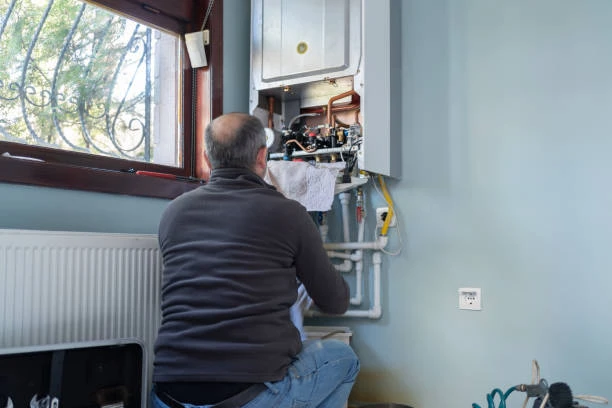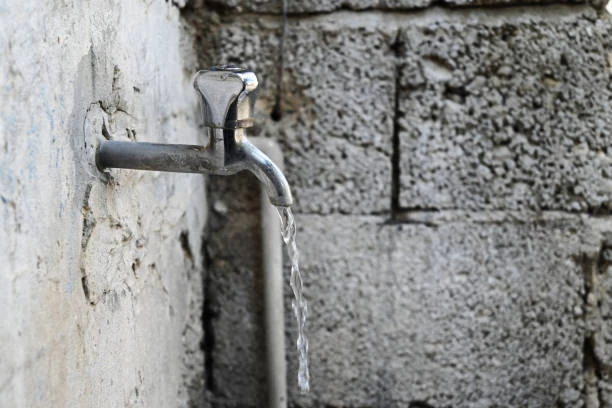
Introduction: Overview of Copper Faucet Installation in Bathrooms
Installing a copper faucet, such as a bibcock 1/2, in a bathroom requires attention to detail and understanding of both the product and the plumbing system. Copper faucets remain a popular choice due to their durability, corrosion resistance, and classic appearance. This article provides comprehensive tips for homeowners and plumbers alike on the proper installation of copper faucets in bathrooms. From understanding the valve basics to selecting the right materials, and following correct installation procedures, this guide aims to ensure a leak-free, long-lasting faucet setup.
Frequently Asked Questions (FAQ)
1. What does “bibcock 1/2” mean in bathroom plumbing?
“Bibcock 1/2” refers to a valve or faucet with a half-inch (1/2 inch) threaded inlet or outlet, commonly used for connecting water supplies in bathrooms.
2. Can a copper faucet be installed on PVC pipes?
Yes, copper faucets can be connected to PVC pipes using appropriate adapters and fittings, ensuring a secure and leak-proof joint.
3. How do I prevent leaks after installing a bibcock 1/2?
Use high-quality PTFE tape on threaded joints and tighten fittings properly without over-tightening to avoid damage.
4. Are copper faucets suitable for both hot and cold water?
Absolutely. Copper has excellent thermal resistance, making it ideal for both hot and cold water applications in bathrooms.
5. How often should I maintain a copper bathroom faucet?
Routine maintenance every six months is recommended, including cleaning mineral deposits and checking for any leaks or corrosion.
Basic Definition and Characteristics of Copper Bibcock Valves
A bibcock is a type of valve commonly used to control water flow from plumbing systems. The bibcock 1/2 typically denotes the valve size, with a 1/2-inch threaded inlet or outlet. Copper bibcocks are crafted from copper or copper alloys, providing strong resistance against corrosion and heat. Their key characteristics include:
Durability: Copper withstands wear and corrosion, especially in moist environments like bathrooms.
Thermal Stability: Can handle hot water without deforming or losing strength.
Ease of Operation: Usually features a quarter-turn handle or lever for simple water flow control.
Aesthetic Appeal: Copper offers a warm, classic look that suits various bathroom styles.
Maintenance Friendly: Resistant to scale build-up and easy to clean.
These traits make copper bibcocks a preferred choice for many residential bathroom installations.
Common Uses and Application Industries
Copper bibcocks, particularly bibcock 1/2, find extensive use in bathroom plumbing and beyond.
Common Applications Include:
Residential Bathrooms: For sinks, washbasins, and shower connections.
Laundry Areas: Connected to utility sinks or washing machines.
Commercial Restrooms: Durable enough for high-traffic facilities like hotels or offices.
Healthcare Facilities: Their antimicrobial properties make copper bibcocks suitable for hospitals and clinics.
Hospitality Industry: Used in bathrooms of restaurants and resorts due to reliability and aesthetics.
Overall, copper bibcocks serve diverse sectors where water control, durability, and hygiene are paramount.
Selection Guide: What to Look for When Choosing Copper Faucets
Choosing the right copper faucet, especially a bibcock 1/2, involves several considerations:
1. Material Quality
Always select high-purity copper or certified copper alloys. Avoid faucets with excessive zinc content or low-grade metals to prevent corrosion.
2. Finish and Colour
Copper faucets may have polished, brushed, or antique finishes. Choose one that complements your bathroom décor and resists tarnishing.
3. Certification and Standards
Look for products complying with international plumbing standards, ensuring reliability and safety. Certifications such as ISO 21003, DIN 16836, or ASTM F1974 indicate quality manufacturing.
4. Valve Type
Opt for ceramic disc valves instead of older rubber washers. Ceramic valves provide smoother operation and longer life with fewer leaks.
5. Thread Size and Compatibility
Confirm the bibcock 1/2 thread matches your plumbing pipes or fittings. Standard thread types like BSP or G threads are common.
By carefully evaluating these factors, you can secure a faucet that fits perfectly and lasts for years.
Installation Tips for Copper Faucets in Bathrooms
Proper installation is critical to avoid leaks and ensure longevity. Follow these steps when installing a bibcock 1/2 or similar copper faucet:
Step 1: Prepare Your Tools and Materials
Gather necessary tools such as adjustable spanners, PTFE tape, pipe wrenches, and suitable fittings or adapters.
Step 2: Turn Off the Water Supply
Before beginning, always shut off the water supply to avoid spills and flooding.
Step 3: Clean the Threads
Inspect and clean the pipe threads where the faucet will be installed. Remove any debris or old tape.
Step 4: Apply PTFE Tape
Wrap PTFE (Teflon) tape around male threads clockwise to ensure a tight seal. This helps prevent leaks at connections.
Step 5: Attach the Faucet
Screw the bibcock 1/2 onto the threaded pipe by hand first. Then tighten gently with a spanner. Avoid over-tightening to prevent thread damage.
Step 6: Check Alignment
Ensure the faucet handle is accessible and the outlet is positioned correctly for hose or bucket use.
Step 7: Turn Water On and Test
Slowly open the water supply and check for leaks around the joints. Tighten connections slightly if needed.
Step 8: Final Adjustments
Make sure the faucet operates smoothly without stiffness. Lubricate the valve stem if necessary.
Following these steps ensures a secure, leak-free installation that functions well over time.
Comparison: Copper Bibcock vs Other Materials
Here is a detailed comparison of copper bibcocks against common alternatives to help you understand their advantages:
| Feature | Copper Bibcock (bibcock 1/2) | Plastic Bibcock | Stainless Steel Bibcock | Zinc Alloy Bibcock |
|---|---|---|---|---|
| Corrosion Resistance | Excellent | Moderate (prone to cracking) | Excellent | Moderate |
| Strength and Durability | High | Low | High | Medium |
| Lifespan | 15–20 years | 3–5 years | 10–15 years | 5–8 years |
| Thermal Resistance | Very Good | Poor (not suitable for hot water) | Excellent | Moderate |
| Appearance | Warm, classic copper finish | Limited colour options | Polished metallic finish | Often plated or painted |
| Maintenance | Low | Moderate | Low | Moderate |
| Price | Moderate | Low | High | Low |
| Environmental Impact | Recyclable and eco-friendly | Less eco-friendly | Recyclable | Moderate |
Copper bibcocks strike a perfect balance of aesthetics, performance, and durability, especially for bathrooms where both hot and cold water are used.
Conclusion: Why Choose Copper Bibcock 1/2 for Bathrooms
Installing a bibcock 1/2 made of copper in bathrooms offers durability, reliability, and style. With proper selection, adherence to installation guidelines, and basic maintenance, these faucets provide long-lasting service and add a classic look to any bathroom setting. Copper’s natural corrosion resistance and heat tolerance make it an excellent choice for both residential and commercial bathrooms. Following the tips shared here will help ensure that your faucet installation is smooth and the fixture performs well for years.
Contact IFNS for Catalogs and Samples
Need technical documents, catalogs, or sample products? Reach out to IFNS today.
For more information,pls visit our webside https://ifns.su/
Whatsapp: +86 15088288323
Our team responds quickly and provides professional support for all your pipeline needs.
IFNS International Standard
IFNS piping systems comply with a wide range of international standards to ensure high quality and performance. These include:
ASTM F1974 and ASTM F1281 for multilayer piping systems
CSA B137 for Canadian plumbing applications
DIN 16836 for German technical specifications
GB18997 for Chinese standards
ISO 21003, covering multilayer piping systems used for hot and cold water installations
This broad certification scope highlights IFNS’s commitment to global compliance and product reliability.









